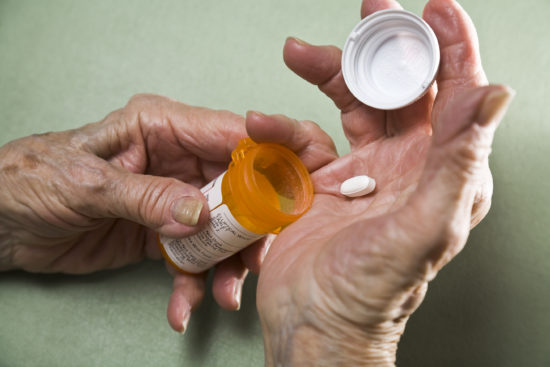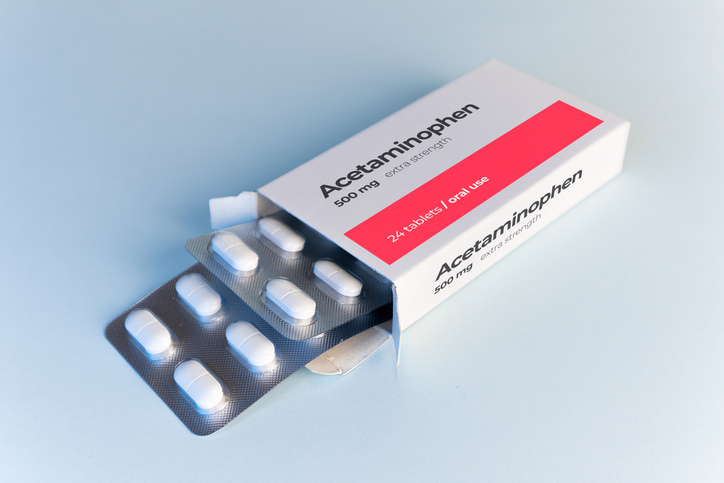
Here are the top stories covered by DocWire News this week in the Rheumatology section. In this edition, learn about a new osteoporosis drug with a low price tag, top facts about ankylosing spondylitis, and more.
—
The price tag of a recently Food and Drug Administration (FDA)-approved osteoporosis drug has sparked conversation. Romosozumab-aqqg will be marketed as EVENITY and manufactured by Amgen, who has announced the medication will be available in the United States at $1,825 per monthly dose, or $21,900 for a full, one-year course of treatment. The company said a full round of treatment comes in at 34% to 74% lower than its competitors. Radius Health Inc.’s Tymlos and Eli Lilly and Co.’s Forteo are two other bone-building drugs, both of which have longer courses of treatment. Forteo carries a price of $41,100—nearly double that of romosozumab-aqqg—while Tymlos comes at a similar cost. Tymlos and Forteo both also come in a daily dosage and are taken for a longer period of time, while romosozumab-aqqg is taken at a monthly dosage. However, analysts forecast that romosozumab-aqqg’s boxed warning of adverse cardiovascular events could affect its revenue.
Dan Reynolds, frontman for the award-winning band Imagine Dragons, has recently opened up about his battle with ankylosing spondylitis (AS). He disclosed in interviews how he waited years to receive an explanation for his chronic pain. He is now hoping to help others who may be struggling with the disease as well and has partnered with Novartis Pharmaceuticals Corporation to launch a new campaign, Monster Pain in the AS, to help educate others who could have AS. Reynolds says his diagnosis was “life-changing”; for this reason, the Monster Pain in the AS website includes a three-minute quiz that Reynolds hopes will give people a better understanding of whether their pain could be AS. Reynolds is not alone, as experts agree that the disease is a challenge to diagnose. In this post, DocWire News rounded up five facts to know about the autoimmune disease.
Meanwhile, a recent study found that withdrawal of anti-tumor necrosis factor (TNF) therapy infliximab in patients with AS could lead to clinical relapse, and reintroducing therapy is not always effective. The study included patients with active AS who had been in persistent remission for > 6 months. Clinical relapse was defined as new Bath Ankylosing Spondylitis Disease Activity Index ≥ 4 and/or C-reactive protein ≥ 0.8 mg/dL. Only one-third of patients maintained remission after anti-TNF withdrawal. The remaining patients were reintroduced to infliximab without an introduction period. In this cohort, only about half of patients successfully re-achieved remission. The study was limited by its small sample size, as well as the fact that it only evaluated effects of infliximab withdrawal, not withdrawal of other anti-TNF agents.
The FDA has also recently approved a plaque psoriasis drug, risankizumab-rzaa, which will be marketed as SKYRIZI and manufactured by AbbVie. Risankizumab is an injectable inerleukin-23 antagonist indicated for adults with moderate-to-severe disease and is administered at Weeks 0 and 4, and then every 12 weeks. The approval follows four clinical trials, two of which—UltIMMa-1 and UltIMMa-2—were published in The Lancet. Both studies had—and met—the same primary co-endpoints: patients achieving a 90% improvement in the Psoriasis Area Severity Index (PASI 90) and a static Physician’s Global Assessment (sPGA) score of 0 or 1 at week 16. In both studies, just about three-quarters of risankizumab patients achieved PASI 90, compared to less than 5% and less than half in the placebo and ustekinumab groups, respectively. When looking at sPGA score in both studies, more than 83% of risankizumab patients achieved either a 0 or 1, compared to less than 8% and less than 64% of placebo and ustekinumab patients, respectively.
The jury is out on a recent comparison of tanezumab—a non-opioid painkiller—and nonsteroidal anti-inflammatory drugs (NSAIDs) in the treatment of moderate-to-severe osteoarthritis (OA). According to the study, low-dose tanezumab was not effective, while a higher dose met only two of the study’s three primary endpoints. The trial included 3,021 patients who randomly received oral NSAIDs (naproxen 500 mg, celecoxib 100 mg, or diclofenac 75 mg), tanezumab 2.5 mg, or tanezumab 5 mg. The three primary endpoints were changes in Western Ontario and McMaster Universities Osteoarthritis Index (WOMAC) pain subscale score, WOMAC physical function subscale score, and patient’s global assessment of OA. After 16 weeks, the high-dose tanezumab group had improved pain and physical function but global OA was not significantly different compared to the low-dose and NSAID groups. All three endpoints in the low-dose tanezumab group did not largely differ from the NSAID cohort.







 © 2025 Mashup Media, LLC, a Formedics Property. All Rights Reserved.
© 2025 Mashup Media, LLC, a Formedics Property. All Rights Reserved.